Introduction
When it comes to construction projects, understanding the different types of building stones is crucial for making informed decisions. Whether you're a seasoned builder or a novice DIY enthusiast, knowing the unique properties and applications of various natural materials can greatly impact the success of your project. At SSOURCING INC., we believe in empowering our clients with knowledge about different building materials to help them achieve their construction goals.
Understanding Different Types of Building Stones
From granite to marble, limestone to sandstone, there is a wide array of building stones available for construction and design purposes. Each type has its own distinctive characteristics, such as durability, weather-resistance, and aesthetic appeal. By understanding the differences between these building stones, you can make informed choices that align with your project's requirements and vision.
Importance of Knowing Various Building Materials
Knowing about various building materials goes beyond just selecting what looks good or what fits within budget constraints. It's about understanding the practical applications, strengths, and weaknesses of each stone type in order to ensure long-lasting and sustainable results for your construction projects. At SSOURCING INC., we emphasize the importance of knowing various building materials to help our clients achieve high-quality outcomes.
Exploring the World of Building Stones
The world of building stones is a fascinating one that offers endless possibilities for creativity and innovation in construction and design. By exploring different types of building stones, you open yourself up to a world of natural beauty, timeless elegance, and practical functionality that can elevate any project to new heights. Let's embark on this exciting journey together at SSOURCING INC., where we celebrate the diverse world of building stones and their incredible potential.
1. Granite: The Durable and Versatile Stone

Unique Characteristics of Granite
Granite is a type of building stone known for its durability, strength, and unique appearance. It is composed of quartz, feldspar, and mica, giving it a distinctive speckled pattern that adds a touch of elegance to any construction project. With its resistance to heat, scratches, and stains, granite is an ideal choice for kitchen countertops, flooring, and exterior cladding.
Popular Applications of Granite in Construction
Granite has been a popular choice for centuries in various architectural marvels such as ancient temples, grand cathedrals, and modern skyscrapers. Its versatility allows it to be used in both interior and exterior applications, including wall cladding, paving stones, monuments, and sculptures. Its timeless beauty and durability make it a sought-after material for both residential and commercial projects.
Advantages of Using Granite in Building Projects
The use of granite in construction offers numerous benefits such as longevity, low maintenance requirements, resistance to environmental elements like moisture and UV rays. Additionally, its natural beauty adds value to any property while creating a luxurious ambiance. This makes it an excellent investment for homeowners or developers looking to enhance the aesthetic appeal and functionality of their spaces.
2. Marble: The Timeless Elegance of Natural Stone
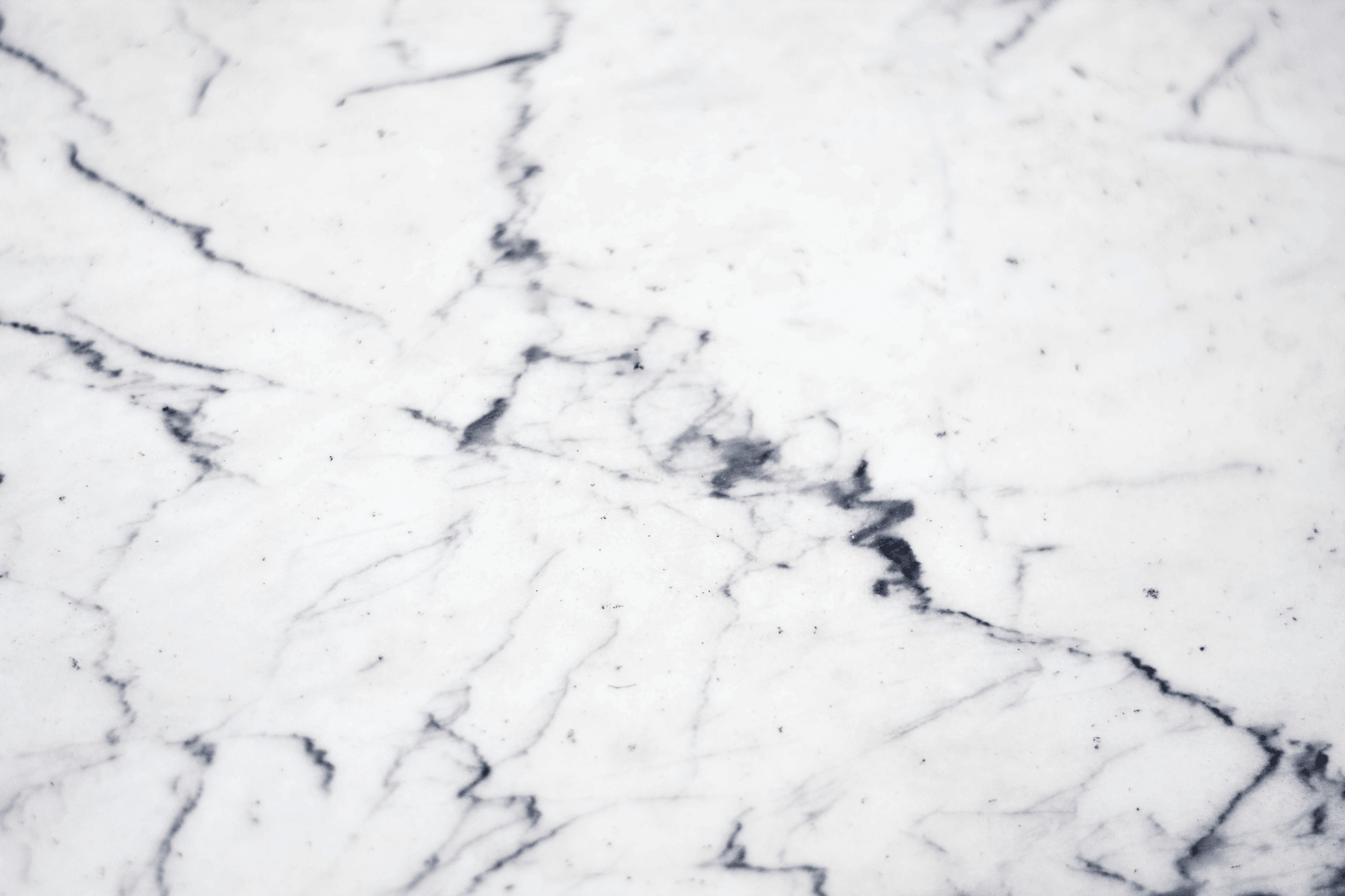
Marble is a type of building stone known for its distinctive veining and luxurious appearance. It is often used in high-end construction projects to add a touch of elegance and sophistication. The natural beauty and unique patterns of marble make it a popular choice for countertops, flooring, and decorative elements in interior design.
Historical Significance of Marble in Architecture
Marble has been revered for centuries and has played a significant role in the world of architecture. From the ancient Greek and Roman civilizations to the Renaissance period, marble has been used to create iconic structures such as the Parthenon and Michelangelo's David. Its timeless appeal continues to inspire architects and designers around the world.
Modern Uses of Marble in Interior Design
In modern interior design, marble is valued for its versatility and ability to elevate any space. It is often used to create stunning feature walls, elegant fireplace surrounds, and luxurious bathroom vanities. With advancements in technology, marble can now be engineered into larger slabs, making it more accessible for contemporary design projects.
3. Limestone: The Widely Used Building Material
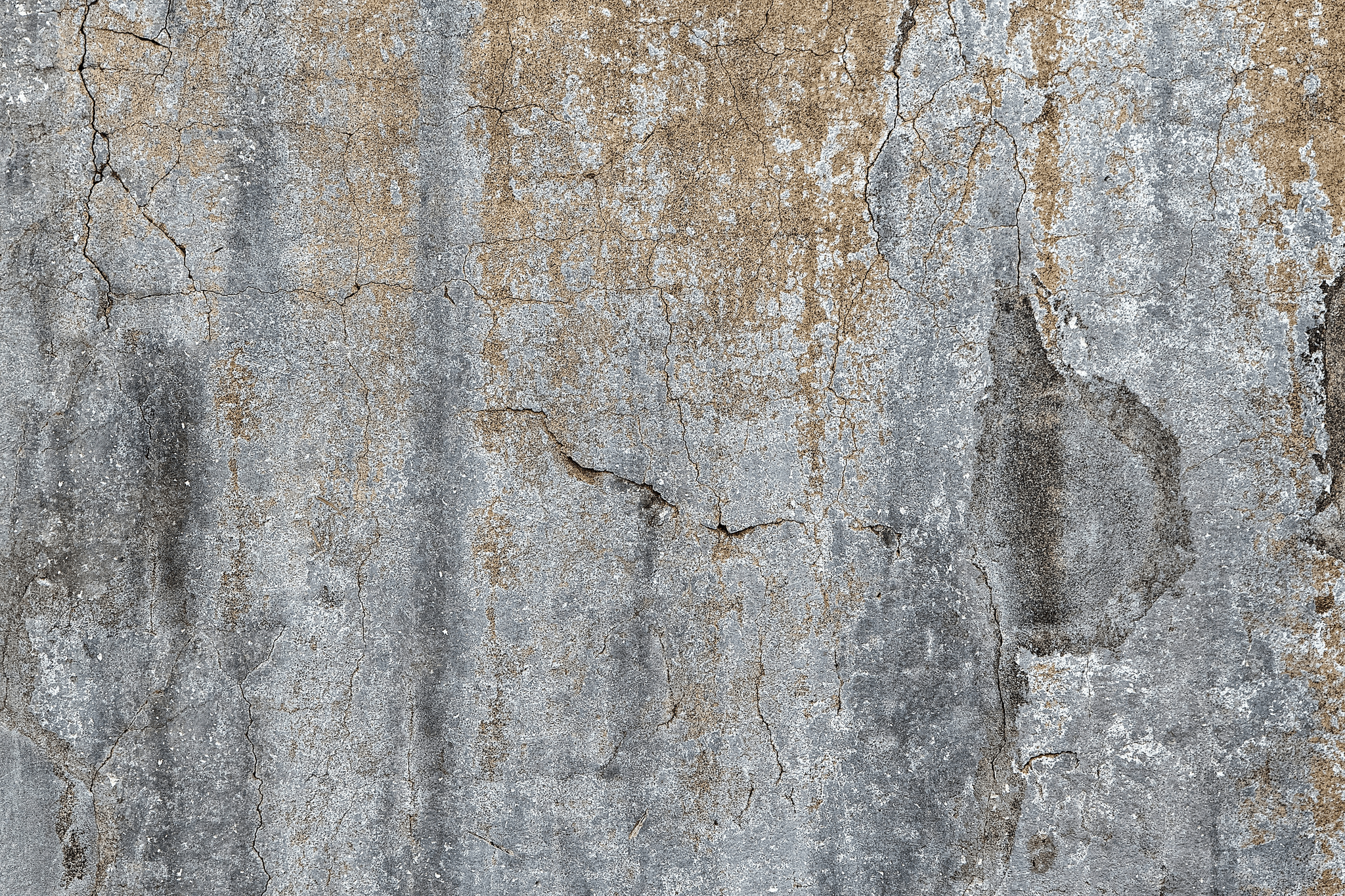
Limestone is a sedimentary rock composed mainly of calcium carbonate, making it a durable and versatile building material. Its natural beauty and versatility have made it a popular choice for construction projects, including as a base material for roads and as a key ingredient in cement production. However, its porous nature makes it susceptible to weathering and erosion over time.
Properties and Composition of Limestone
Limestone is formed from the remains of marine organisms such as coral and shells that have been compacted over millions of years. This process gives limestone its unique composition, which can vary in hardness and density depending on the specific type of limestone. Its natural colors range from creamy whites to warm browns, adding to its appeal as a building material that can be used for both interior and exterior applications.
Varied Applications of Limestone in Construction
Limestone has been used for centuries in construction due to its abundance and versatility. It is commonly used as a building stone, particularly for facades, flooring, and decorative elements such as columns and balustrades. Additionally, crushed limestone is often used as a base material for roads, driveways, and parking lots due to its ability to compact well under heavy loads.
Benefits and Drawbacks of Using Limestone in Building Projects
The benefits of using limestone in construction include its affordability, availability, and aesthetic appeal. It also has good thermal insulation properties, making it suitable for use in both hot and cold climates. However, the porosity of limestone makes it susceptible to weathering from exposure to moisture and acidic substances over time. This requires regular maintenance to preserve its appearance.
4. Sandstone: The Beautiful and Weather-Resistant Stone

Sandstone is a type of building stone known for its natural beauty and durability. It is composed of sand-sized grains of mineral, rock, or organic material, held together by a natural cementing material. This gives sandstone its unique texture and appearance, making it a popular choice for both interior and exterior applications in construction.
Physical and Chemical Properties of Sandstone
Sandstone exhibits excellent resistance to weathering and erosion due to its compact nature and high silica content. This makes it an ideal choice for outdoor applications such as cladding, paving, and landscaping. Its porous nature also allows for good thermal insulation, making it suitable for use in both hot and cold climates. The variety of colors and patterns found in sandstone make it a versatile option for adding visual interest to architectural designs.
Notable Landmarks Constructed with Sandstone
Notable landmarks constructed with sandstone include the iconic Red Fort in Delhi, India, Petra in Jordan, and the breathtaking Uluru in Australia. These structures stand as testaments to the enduring beauty and strength of sandstone as a building material throughout history.
Sustainable Aspects of Using Sandstone as a Building Material
Sandstone is considered an environmentally friendly building material due to its abundance in nature and minimal processing requirements. Its long-lasting durability reduces the need for frequent replacements or repairs, contributing to sustainable construction practices. Additionally, the natural color variations found in sandstone eliminate the need for chemical dyes or pigments, further reducing its environmental impact.
By understanding the physical properties, historical significance, and sustainability aspects of different types of building stones like sandstone, SSOURCING INC. can make informed choices for their construction projects while enhancing their appreciation for natural materials.
5. Slate: The Unique and Practical Roofing Material
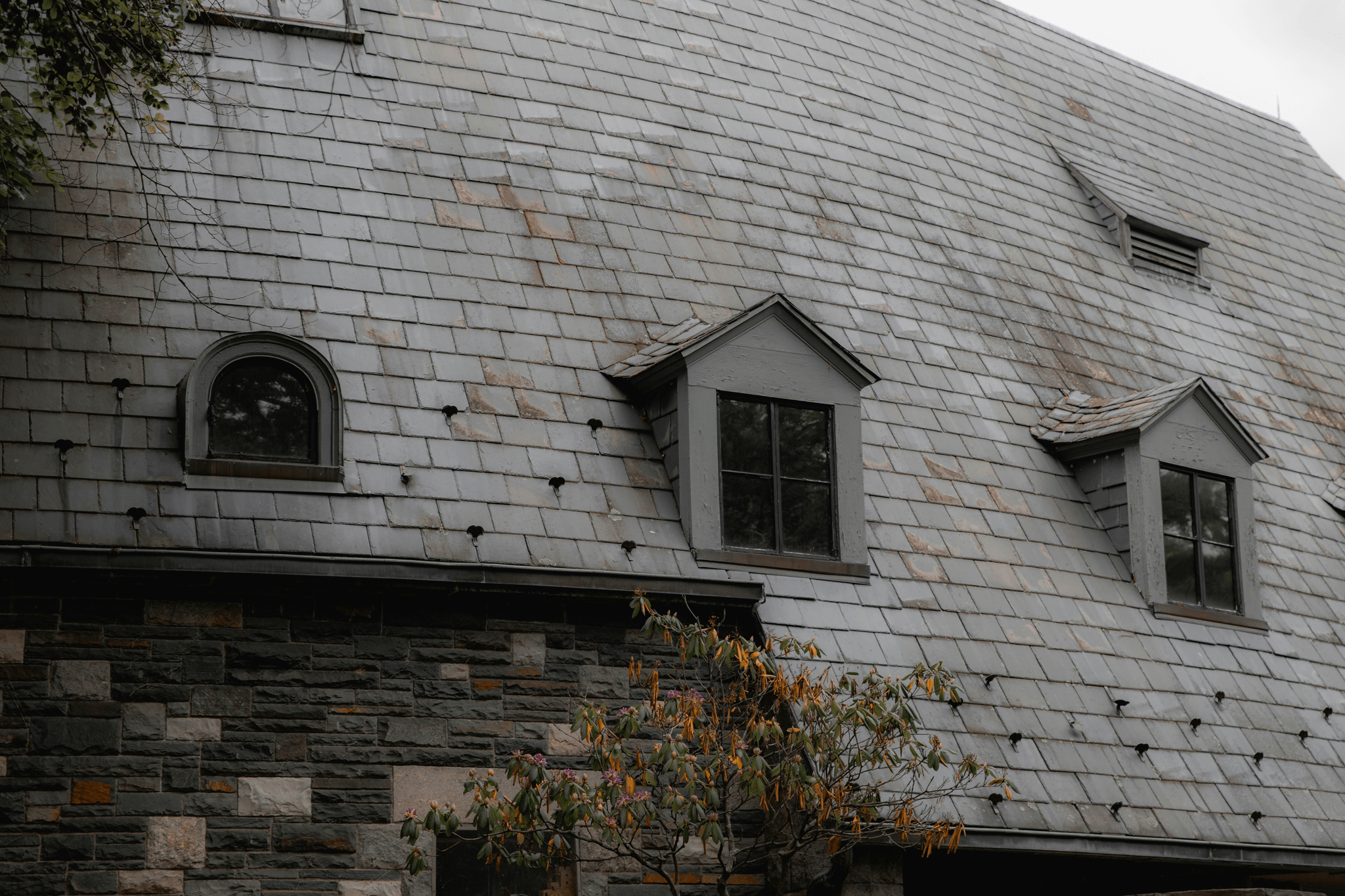
Slate is a type of building stone that has been used for centuries in roofing due to its exceptional durability and natural beauty. Its unique characteristics include being fire-resistant, low-maintenance, and environmentally friendly, making it a popular choice for both traditional and contemporary roofing styles. When considering using slate in roofing projects, it is important to take into account factors such as the slope of the roof, installation techniques, and the overall aesthetic appeal.
Characteristics and Advantages of Slate
Slate is a fine-grained metamorphic rock known for its durability, impermeability, and resistance to weathering. These qualities make it an ideal material for roofing as it can withstand harsh environmental conditions and has a long lifespan. Additionally, slate comes in a variety of colors and textures, allowing for versatile design options that can enhance the overall aesthetic appeal of any building project.
Traditional and Contemporary Roofing Styles with Slate
Traditionally, slate has been used in roofing to create classic, elegant looks that complement historical architecture. However, contemporary designs have also embraced slate as a modern roofing material due to its sleek appearance and sustainable properties. From traditional hipped roofs to modern flat roofs with sleek lines, slate can be adapted to various architectural styles while maintaining its timeless charm.
Considerations for Using Slate in Roofing Projects
When considering slate for roofing projects, it is essential to assess factors such as the weight-bearing capacity of the structure, installation methods suitable for different types of buildings stones , as well as the climate conditions in the area where the building is located. Proper installation by experienced professionals is crucial to ensure the longevity and performance of a slate roof. It's also important to consider regular maintenance practices that will help preserve the beauty and functionality of this natural building material.
6. Travertine: The Luxurious and Timeless Stone
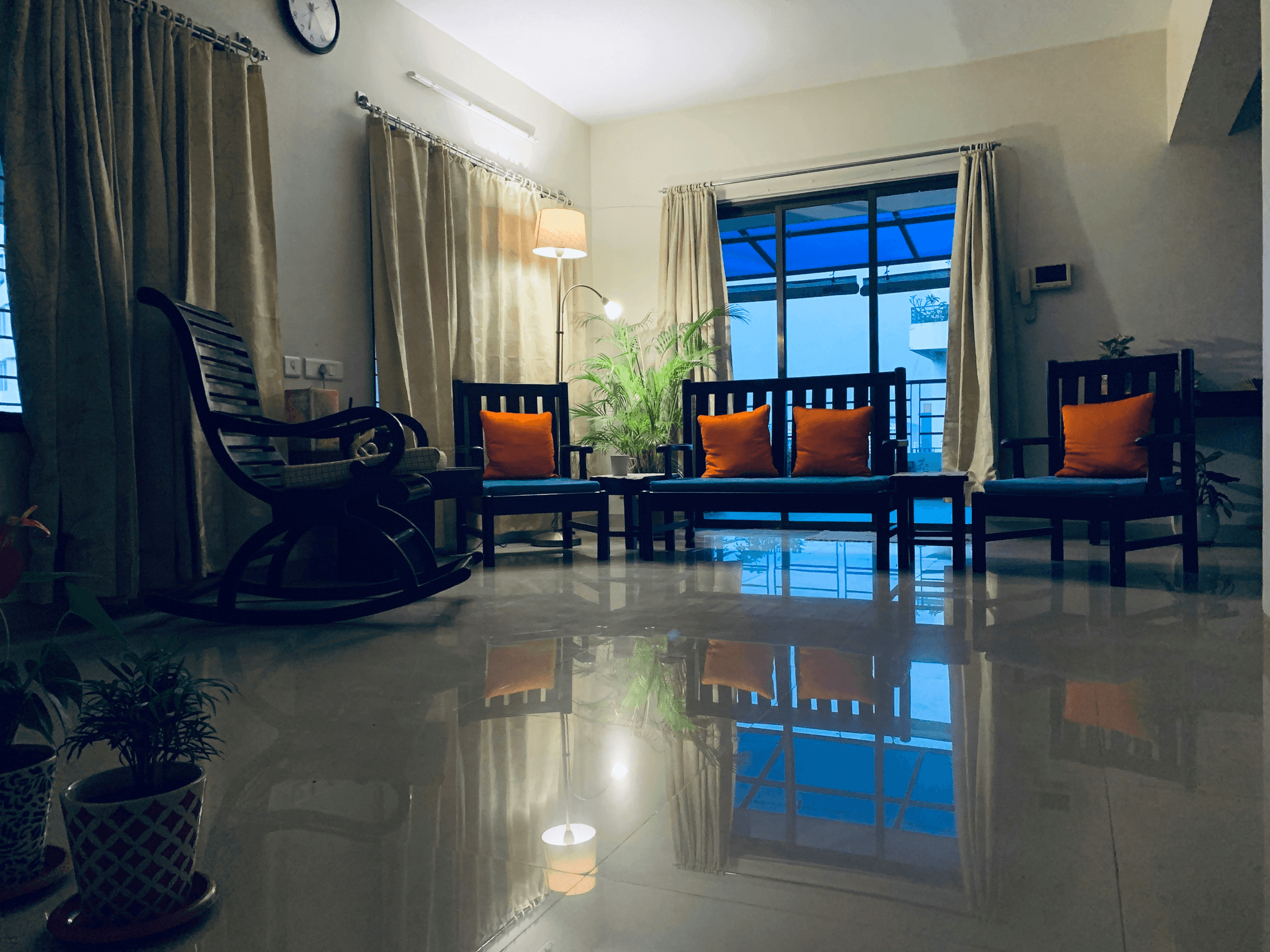
Travertine is a type of building stone that is known for its distinctive qualities, such as its porous nature and unique color variations. It is a popular choice for both interior and exterior design due to its elegant appearance and versatility in different architectural styles. Travertine surfaces require regular maintenance to preserve their beauty, including sealing and cleaning to prevent staining and etching.
Distinctive Qualities of Travertine
Travertine is a natural stone with a porous structure, which gives it a unique texture and appearance that adds character to any space. Its color variations range from creamy white to warm beige, with subtle veining that creates an earthy, organic feel. This makes travertine an ideal choice for homeowners and designers who want to achieve a luxurious yet timeless look in their projects.
Applications of Travertine in Interior and Exterior Design
Travertine can be used in various applications, including flooring, wall cladding, countertops, and outdoor paving. Its versatility allows it to complement both traditional and contemporary design styles, making it suitable for residential homes, commercial buildings, and landscape architecture. Whether used indoors or outdoors, travertine adds a touch of sophistication to any space.
Maintenance and Care Tips for Travertine Surfaces
To keep travertine surfaces looking their best, it's essential to follow proper maintenance practices. This includes regularly sealing the stone to protect it from moisture absorption and staining. Additionally, using pH-neutral cleaners specifically formulated for natural stone helps prevent etching caused by acidic substances. By following these care tips, homeowners can ensure that their travertine surfaces remain beautiful and durable for years to come.
7. Basalt: The Strong and Versatile Volcanic Rock
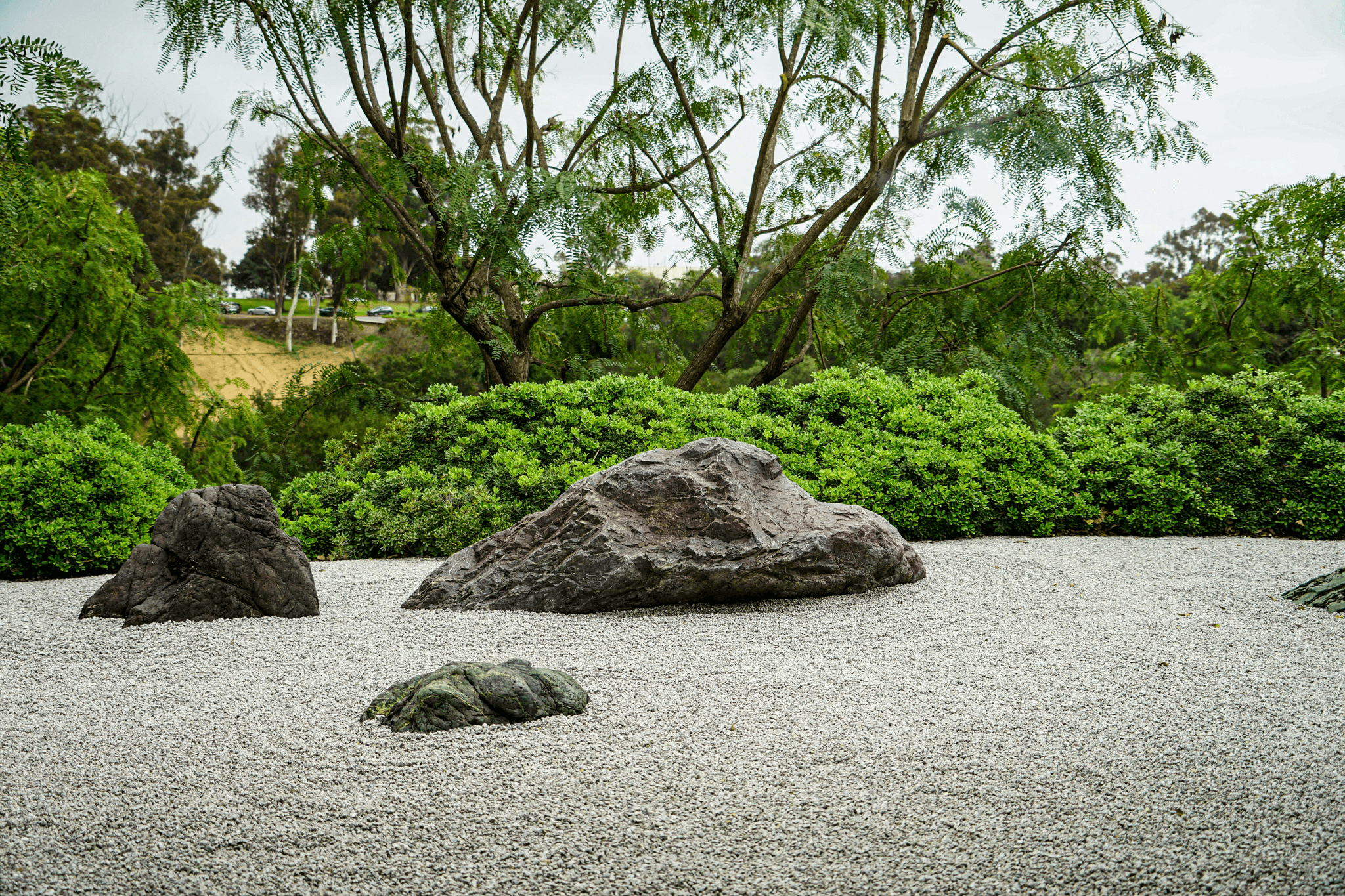
Basalt is a type of building stone that originates from volcanic activity, giving it unique properties that make it ideal for construction and landscaping. Its fine-grained texture and dark color make it a popular choice for both interior and exterior applications. Basalt's durability and resistance to weathering make it suitable for a wide range of innovative uses in construction and landscaping projects.
Geological Origins and Properties of Basalt
Basalt is formed from the rapid cooling of lava, resulting in its characteristic fine-grained texture. This volcanic rock is rich in iron and magnesium, giving it its dark coloration. Its high density and strength make it an excellent choice for various construction applications, including as a base material for roads and as a durable paving stone.
Innovative Uses of Basalt in Construction and Landscaping
Basalt's versatility makes it suitable for a variety of innovative uses in construction, such as in the production of concrete aggregates, asphalt mixtures, and railroad ballast. In landscaping, basalt can be used to create stunning natural stone walls, pathways, and decorative features due to its ability to withstand weathering and erosion.
Environmental Benefits of Using Basalt as a Building Material
Using basalt as a building material offers environmental benefits due to its abundance in nature and minimal environmental impact during extraction. Its durability also contributes to sustainable construction practices by reducing the need for frequent replacements or repairs. Additionally, basalt's natural resistance to chemicals makes it an eco-friendly choice for various industrial applications.
8. Quartzite: The Durable and Stylish Natural Stone
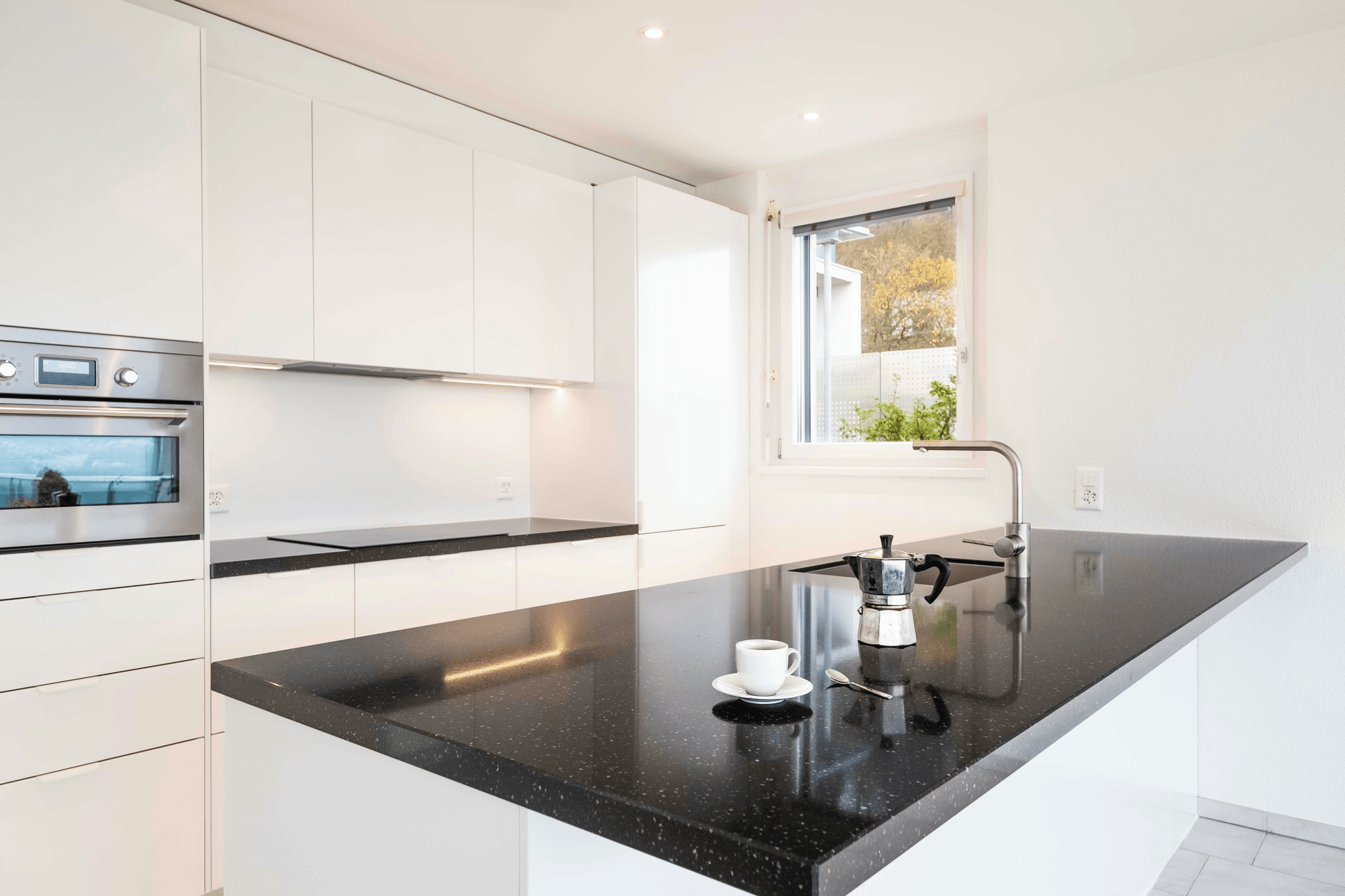
Quartzite is a type of building stone that is renowned for its unique characteristics and stunning appearance. With its natural veining and vibrant colors, quartzite adds a touch of elegance to any space. This natural stone is highly durable, making it a popular choice for countertops and flooring in both residential and commercial settings.
Unique Characteristics and Appearance of Quartzite
Quartzite is formed from sandstone that has undergone intense heat and pressure, resulting in a dense and hard material. Its distinctive veining patterns and color variations make each slab of quartzite truly one-of-a-kind. Whether you prefer a sleek, modern look or a more rustic aesthetic, quartzite offers a wide range of options to suit your design preferences.
Increasing Popularity of Quartzite for Countertops and Flooring
In recent years, the demand for quartzite has surged as homeowners and designers seek out natural materials with both beauty and durability. Its resistance to heat, scratches, and etching makes it an ideal choice for kitchen countertops. Additionally, its ability to withstand heavy foot traffic makes it an excellent option for high-traffic areas such as hallways and entryways.
Tips for Selecting and Maintaining Quartzite Surfaces
When selecting quartzite for your project, consider factors such as color variation, thickness, and finish to ensure it meets your specific needs. To maintain the beauty of quartzite surfaces, regularly clean them with a mild soap or stone cleaner to remove dirt and spills. Additionally, it's important to seal your quartzite countertops periodically to protect them from stains.
Conclusion

Building stones are a crucial aspect of construction, and understanding the different types is essential for any project. Whether it's granite, marble, limestone, sandstone, slate, travertine, basalt, or quartzite, each stone has its unique characteristics and applications. By broadening your knowledge of building stones, you can make informed choices for your construction projects and enhance your appreciation for natural materials.
Broadening Your Knowledge of Building Stones
By delving into the world of building stones, you expand your understanding of the various options available for construction projects. Knowing the distinct properties and uses of granite, marble, limestone, sandstone, slate, travertine, basalt, and quartzite allows you to make informed decisions when selecting materials for SSOURCING INC.'s projects. This knowledge empowers you to choose the most suitable stone for each specific application.
Making Informed Choices for Your Construction Projects
With a deeper understanding of different types of building stones comes the ability to make informed choices when planning construction projects. Whether it's selecting durable granite for exterior cladding or elegant marble for interior flooring in a high-end development project by SSOURCING INC., having a comprehensive knowledge of building stones enables you to optimize the use of materials based on their unique properties.
Enhancing Your Appreciation for Natural Materials
Exploring the world of building stones not only enhances your professional expertise but also deepens your appreciation for natural materials. Understanding the geological origins and distinctive qualities of each type of stone allows you to see beyond their functional aspects and appreciate their inherent beauty and value in construction projects undertaken by SSOURCING INC.

